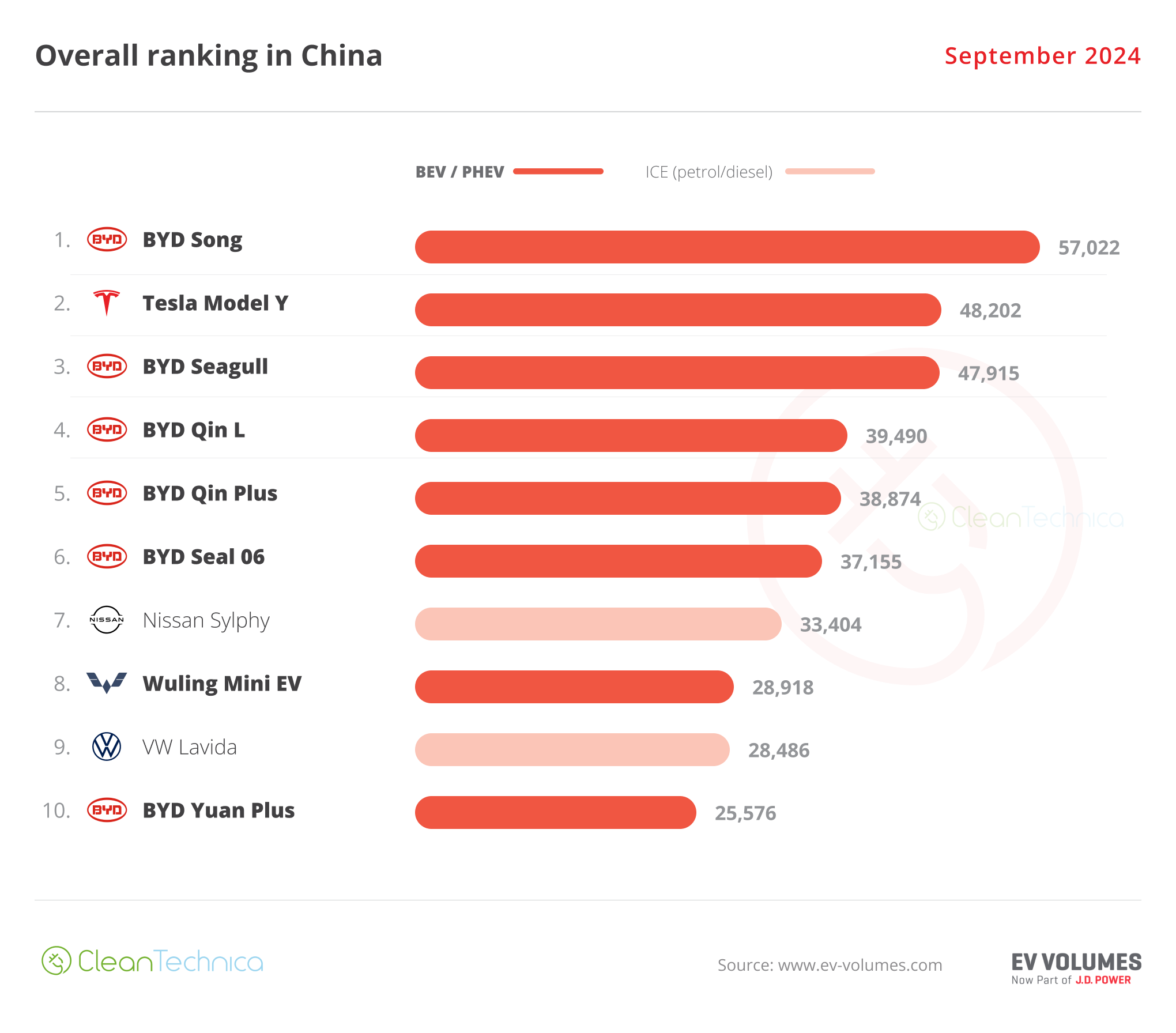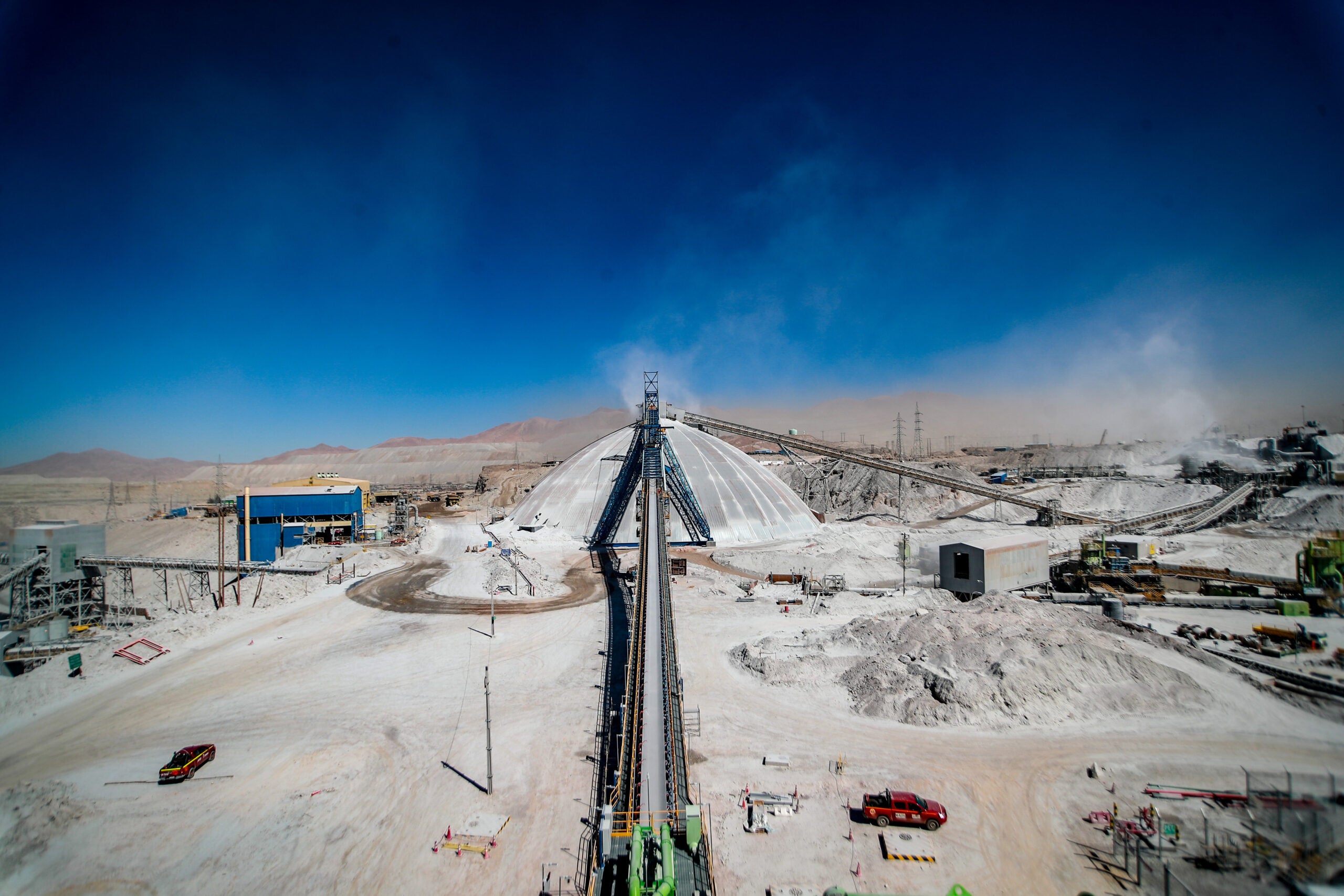
In summer 2023, we launched #AskAmory to collect your questions for RMI’s co-founder Amory Lovins, a world-renowned expert on energy efficiency and renewables. Here, we keep a running list of your questions and Amory’s answers. Submit new questions here and keep an eye out for the answers shared here at rmi.org and on our social media handles.
Q1: How discouraged are you with the lack of progress in getting off of fossil fuels? (Peggy H.)
ABL: I’m not. We need courage, not dis-courage, and you can’t depress people into action. There’s a lot to be en-couraged about. The International Energy Agency’s new faster-efficiency agreement combines with renewables having taken 90+ percent of the market for net new electric generating capacity worldwide, and being the cheapest source of bulk power in countries with 82 percent of world electricity use. US, EU, and Chinese policies are now very supportive. The transition we outlined in Reinventing Fire is nicely on track and accelerating.
RMI strategist Kingsmill Bond nicely explains its dynamics, and how peaking works, in his “Peaking Series.” Putin’s War has blown up the foundations of the fossil-fuel era that underlies his power (see the essay we co-wrote with three colleagues on “From Deep Crisis, Profound Change”). Keep pushing with relentless patience. We’ll get there.
Q2: Are we on the cusp of boring “deep enough, cheap enough” — almost anywhere on Earth — to enable a Deep Hot Dry Rock Geothermal (DHDRG) global energy system? Should we stop wasting time, talent, and capital on building costly new electricity transmission and storage assets, to instead accelerate RD&D for, and proliferation of, thousands of DHDRG plants, the ultimate in DER? (Bill L.)
ABL: No. We can’t wait — though to avoid overbuying grid and storage assets, they should be competed or compared with efficiency and renewables, and those with each other. Very rapid scaling of established and highly competitive efficiency and renewable capacity mustn’t be delayed while researching less mature options. Bill may know something I don’t about deep geothermal technology, and much geothermal drilling does cost about twice as much as best-practice hydrocarbon drilling, but I think deep geothermal’s basic economics looks less exciting than it would need to.
Unless something fundamental I missed has changed since my 2020 summary, I think its encouraging technical progress still doesn’t show a clear case for beating the current market leaders — efficiency, solar, and wind. Geothermal hopes to make 5¢ power in a few decades, but in this decade, unsubsidized renewables are falling from 2¢–3¢ to 1¢/kWh. Nor is there an operational need or a business case for “baseload, firm, dispatchable power.” So I’d encourage more RD&D on Bill’s option, but not hold my breath about the outcome — and fortunately, we have excellent and ample options without it.
Q3: How will integrated design and 10xe engineering affect the path of the Great Disruption forecast by RethinkX? Will it accelerate change? (Gary S.)
ABL: Integrative design could indeed speed that disruption, to great advantage, if it’s quickly recognized and spread. Efficient energy use was half of historic and will be at least half of future global decarbonization. Thus, integrative design’s ability to make the whole efficiency resource severalfold bigger than commonly thought — yet cheaper — is a wonderful opportunity to help renewables displace fossil fuels even faster. My Stanford classes on this subject have identified ~20 scaling vectors I hope to test and spread, so integrative design’s potential to quintuple global energy efficiency by ~2060 can become a prompt reality.
Q4: If you had $1 billion at your disposal and wanted a maximum reduction in the carbon footprint of 700,000 + people in the Northern Nevada, Northern Sierra region comprised of the communities of Reno, Sparks, Carson City, Gardnerville, Incline Village, Pyramid Lake, Fernley, Yerington, and Fallon how would you spend the money? (Jon W.)
ABL: I’d first make you the head of Nevada energy policy, then suggest you spend most of the $1B competitively procuring and debottlenecking efficient and timely use of energy (especially electricity), and of energy-intensive materials, in all sectors — including building the human capacity needed in building trades and other implementing groups, and shifting swiftly to electric mobility. I’d also speed decoupling-and-shared-savings for Nevada’s electricity (already done for gas) and bust barriers to deploying efficiency, demand response, and renewables.
Q5: What’s your vision for helping consumers in the energy transition? Will VP3 [RMI’s Virtual Power Plant Partnership] and Energy Web help consumers? (Deedstack user on Twitter)
ABL: Use methods like on-bill financing to fund deep building retrofits for all, so the household needs no capital investment. Use revenue- and size-neutral feebates to finance superefficient and electric cars. Consider the many other innovative suggestions in RMI’s Reinventing Fire (1999).
Last year’s heat wave in California showed just how important customer participation in demand response is to ensure reliable energy service through the transition. Virtual Power Plants (VPPs) enable this kind of customer participation at scale and provide direct affordability and customer empowerment benefits. Through VPPs, customers enroll their home electric devices to be aggregated together and coordinated with grid operations, providing the same services to the power system as traditional power plants. Homes and businesses that participate in VPPs receive direct compensation, and those that do not still experience lower bills resulting from deferred transmission, distribution, and generation capacity investments that typically get passed on to customers. RMI is working with leading businesses in VPP-related sectors through the Virtual Power Plant Partnership (VP3) to catalyze and scale the market for VPPs.
Q6: We work with small indigenous Communities in Ontario, Canada. 🇨🇦 In the face of over-regulation and lack of capacity, what are the best tools and practices to get to net zero? (Ketan B.)
ABL: Reinventing Fire is still our best overview of the big picture. I suggest you check with my Stanford colleague Dr. Holmes Hummel to see if the techniques she’s helped small rural electric co-ops to develop might be adaptable in your challenging setting. The economics of simple efficiency gains should be compelling. If your area is anything like the small Alaskan villages I worked with decades ago, modern renewables should be too.
Q7: Pourquoi l’Afrique traine tant dans l’utilisation et le développement des véhicules électriques? Nous sommes à la recherche de bailleurs de fonds pour réaliser un projet d’unités de montage des motos, tricycles électriques au Mali et en Afrique de l’Ouest.
Translation:
Good morning. Why is Africa lagging so much in the use and development of electric vehicles? We are looking for donors to carry out a project for assembly units of motorcycles and electric tricycles in Mali and West Africa. (Amara D.)
ABL: I’m not familiar with your region’s specific conditions, but imagine they might resemble those that are driving huge growth in two- and three-wheeled e-vehicles in rural and urban China and India: more than 300 million such vehicles are now on the road globally, and they’re half of China’s huge EV growth. About 42% of 2022 two- and three-wheeler sales were electric, heading for 80% in another decade or two, and they’re already saving a million barrels of oil per day — more than all the bigger e-vehicles combined. Congratulations and thank you — you’re on the right track.
Check out RMI’s Powering Electric Two- and Three-Wheelers with Rural Minigrids in Nigeria and India to learn more.
Q8: Have the carbon costs of Virgin Galactic commercial flights been calculated, and if so, what are they? I have the same question for bitcoin currencies. (Carol O.)
ABL: Some estimates have been published (e.g. in The Conversation, the Guardian, and Inside Climate News) but I have not checked any of them, and suggest you ask Virgin Galactic, which has probably done the analysis. Black carbon may be a more concerning rocket emission than CO2. I haven’t tracked whether hydrogen/oxygen rockets are a realistic candidate.
Bitcoin has a large energy/carbon literature, summarized here. Fortunately, if worthwhile uses are found for cryptocurrency, there are orders-of-magnitude less-energy-intensive ways to create it than Bitcoin’s obsolete proof-of-work method.
By Amory Lovins
© 2021 Rocky Mountain Institute. Published with permission. Originally posted on RMI.
I don’t like paywalls. You don’t like paywalls. Who likes paywalls? Here at CleanTechnica, we implemented a limited paywall for a while, but it always felt wrong — and it was always tough to decide what we should put behind there. In theory, your most exclusive and best content goes behind a paywall. But then fewer people read it! We just don’t like paywalls, and so we’ve decided to ditch ours. Unfortunately, the media business is still a tough, cut-throat business with tiny margins. It’s a never-ending Olympic challenge to stay above water or even perhaps — gasp — grow. So …




